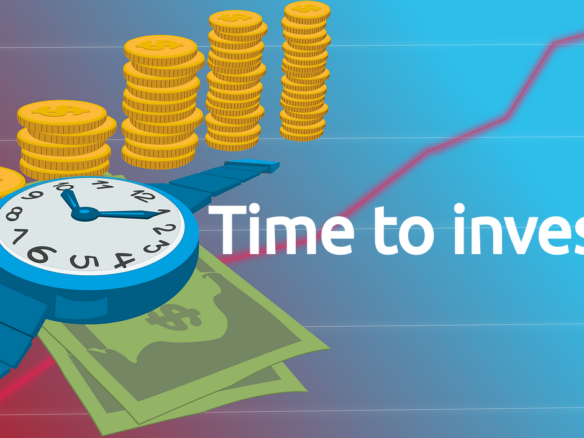Housing remains one of the most important issues on the minds of millions of Americans. For many, the dream of owning—or even renting—a home is in peril. In some cities, “starter” homes are selling for over $1 million, while nearly half of renters spend more than 30% of their income on housing.
Ben Keys, an economist with the University of Pennsylvania’s Wharton School, characterizes the current market as “deeply unaffordable.” He traces many of the current challenges back to the 2008 financial crisis, which disrupted housing markets and left a legacy of financial instability that continues to affect affordability today.
Key Interview Highlights
The Impact of Tariffs on Housing Costs
Trump’s proposed tariffs on imports, including construction materials, could significantly affect the housing market. Ben Keys explains:
“If we’re going to raise the cost of construction materials, it will inevitably make building homes more expensive. While much of the construction material used in the U.S. is domestic, key items like lumber—imported from Canada under NAFTA—would face higher costs due to tariffs. The simple math is that increased tariffs lead to increased building costs, which worsens affordability in an already strained market.”
Proposed Mass Deportations and Housing Affordability
On the topic of Trump’s proposed mass deportations, Keys debunks the idea that such policies would alleviate housing costs:
“Undocumented immigrants make up a significant portion of the construction workforce. Removing them would increase labor costs, making housing even more expensive to build. From a supply-and-demand perspective, fewer immigrants may slightly reduce competition for rental properties in certain low-income neighborhoods, but this would not meaningfully impact the broader affordability crisis. The housing market challenges are far too complex for such measures to provide a solution.”
Advice for Prospective Homebuyers
For those debating whether now is a good time to buy, Keys suggests taking a cautious, long-term approach:
“Start by doing your homework. Compare the costs of owning versus renting in your target market. In many high-cost areas with rising interest rates, renting might be the better financial choice. Additionally, consider alternative investments for your savings that offer safe and predictable returns.”
Keys also emphasizes the hidden costs of homeownership, such as transaction taxes, broker fees, insurance, and property taxes, which can escalate over time.
“Think ahead. Can you afford rising insurance premiums—whether for flood, wind, or general property coverage—years down the line? Careful budgeting is more critical now than ever.”
Addressing the U.S. Housing Shortage
The episode also touches on potential solutions, such as reimagining public housing. Chelsea Andrews, president of Montgomery County’s Housing Opportunities Commission, highlights efforts to create housing developments for all income levels, such as Maryland’s Hillandale Gateway project, which provides subsidized housing for thousands of households.
Meanwhile, millions of low-cost homes are deteriorating, worsening the national housing shortage. Pat Haskins, a retired schoolteacher, shares her struggles maintaining her home in Silver Spring, Maryland, where issues like a flooded basement and a sagging bathroom floor underscore the growing challenge of keeping affordable housing habitable.
The Bigger Picture
The U.S. housing market is also grappling with a resurgence in foreclosures, adding another layer of complexity to the crisis. Many families are finding themselves unable to keep up with rising mortgage payments due to increasing interest rates and stagnant wages. This wave of foreclosures not only threatens individual households but also destabilizes entire communities. Policymakers and industry leaders must prioritize addressing this trend while creating sustainable pathways to prevent further displacement and financial hardship.





